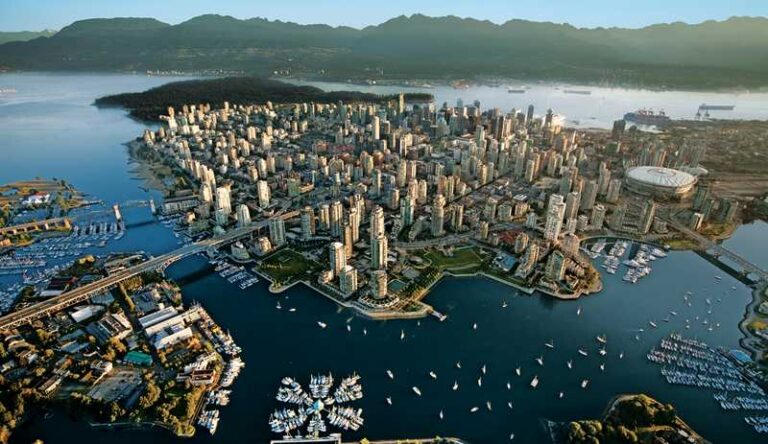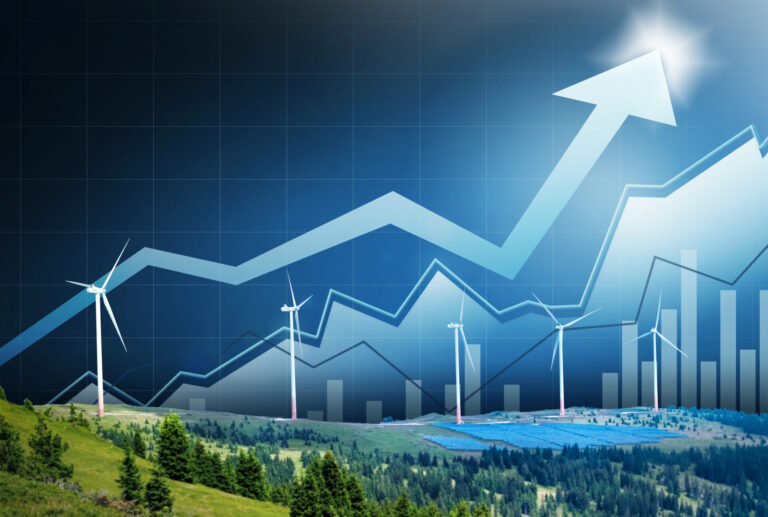Monday, September 29, 2025
April 1st is known to be April Fool’s Day, but the end of consumer carbon pricing policy is no joke. Prime Minister Mark Carney, in his first act as the national leader, signed a directive to cut the consumer cost of carbon to zero, while upholding the industrial carbon tax.
With removal of the federal fuel charge, motorists will notice an immediate drop of almost 18 cents in the price of a litre of gasoline, or about $9 less to fill a 50 Litre tank.
Environment Journal Editor Connie Vitello accepted an invitation to appear on news program CP24 to discuss the changes in policy and the impacts to consumers and for industry stakeholders.
Here’s a transcript of the interview:
CP24 Anchor Lindsay Biscaia (LB): A consumer carbon tax is ending effective on Tuesday, and eligible taxpayers will receive their last carbon rebate payments later in the month in late April. So for more on this, I’m joined live now by Connie Vitello, editor with the Environment Journal. It’s good to have you today. Thanks so much for taking the time.
Environment Journal Editor Connie Vitello (CV): Thanks for having me. Thanks for reaching out to Environment Journal.
LB: So come April 1st, do you think Canadians will actually be noticing anything different in terms of of how much money they’re spending or receiving?
CV: Yes, absolutely. With the removal of the federal fuel charge effective April 1st, we’ll have some relief at the pumps immediately, but it will take a little longer for the changes to filter down to the cost of food. Canadians will also receive a final carbon rebate payment starting April 22nd, which is Earth Day. So, a family of four, for example, will receive up to about $460. And there’s a top up of 20 per cent provided for those living in small and rural communities.
LB: OK, so that sounds like things, not just gas, but food will eventually get cheaper for Canadians. Obviously good news for everybody because, affordability is a big issue. Politics aside though, do you think it was a good idea to end the carbon pricing throughout Canada? I mean, is this the most effective way to actually combat CO2 emissions?
CV: That’s a good question. It makes sense that Prime Minister Mark Carney is giving consumers a break during these economically tumultuous times, but it’s good to know that Canadians are still doing the right thing for the environment. Carbon pollution pricing works. We currently have the lowest emissions rate we’ve had in 25 years. Canada’s greenhouse gas emissions have decreased by 54 megatons. That’s the equivalent to removing about 17 million gas powered vehicles from the roads for one year. That’s a breath of fresh air, and it’s some good news that we can all be proud of.
LB: We know the Conservative Party is pledging to end the industrial carbon tax if elected. I think for a lot of Canadians, myself included, when you hear carbon tax, your mind just goes to the consumer part of it, right? But there’s a second half of it that is still in effect. So can you kind of explain what the industrial consumer pricing is?
CV: Right, yes, the industrial carbon pricing will continue for now. The Liberals seem to be ahead in the polls, and the election is coming up fast on April 28th. Carbon pricing has proven to be the policy with the single largest contribution to achieving climate targets, and you know, the government is incentivizing emissions reductions by setting a price on carbon for large industrial emitters like steel, cement, oil and gas through a system of performance standards and credits. Facilities that reduce their emissions below the standard can earn credits that they can sell to other facilities, creating a financial incentive for emission cuts. Facilities that emit more than the performance standard must purchase credits to cover their excess emissions or pay a fee.
LB: Is it a good idea though to end the industrial carbon tax? I mean, a lot of companies globally still use it, right? What would that look like for Canadian companies?
CV: The global economy is growing in a way that capitalizes on clean tech and green innovation, and Canadian companies need to stay competitive. Look, in recent years we’ve seen super sized wild fires. We’ve seen major flooding incidents and unprecedented insurance claims. Climate change has a massive cost, and putting a price on carbon is one way to help reduce pollution and future costs.
There are carrots and sticks, and Canada is providing plenty of carrots to support decarbonization such as cleantech tax credits, and there are many financial benefits to carbon reduction: cost reduction through improved energy efficiency and financial stability by switching to renewable energy sources. This all leads to improved competitiveness and increased revenues. There’s also enhanced brand recognition through fostering trust and loyalty among conscious consumers and industry partners. Decarbonization initiatives can also boost employee morale and attract top talent as people are increasingly seeking to work for companies that prioritize innovation and responsibility.
LB: OK, so a lot of different ways around this, but of course we’ll have to wait and see, what happens when the carbon pricing really ends this week. Connie Vitello, editor with the Environment Journal, really appreciate your time today. Thanks so much for joining us.
CV: Thanks so much for having me, and I hope you check out Environment Journal.ca on Earth Day. We have a special announcement happening.
To view a clip of the video, click here.
Featured image credits: Getty Images and CP24 screen capture.













